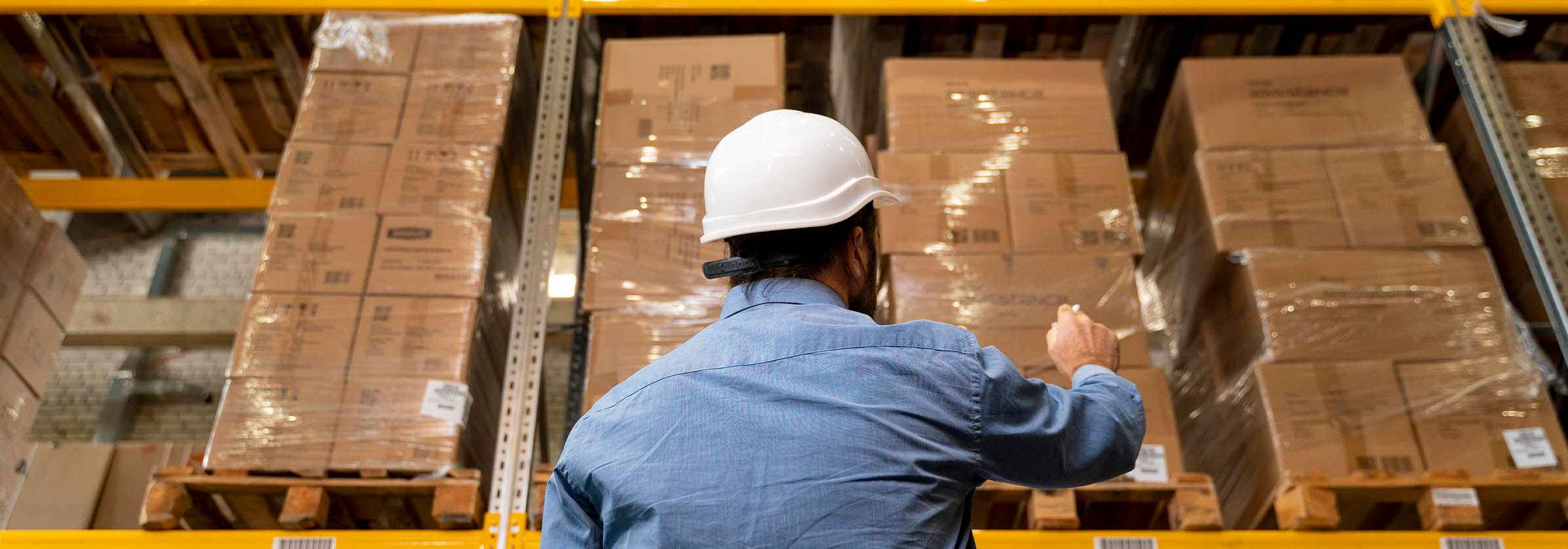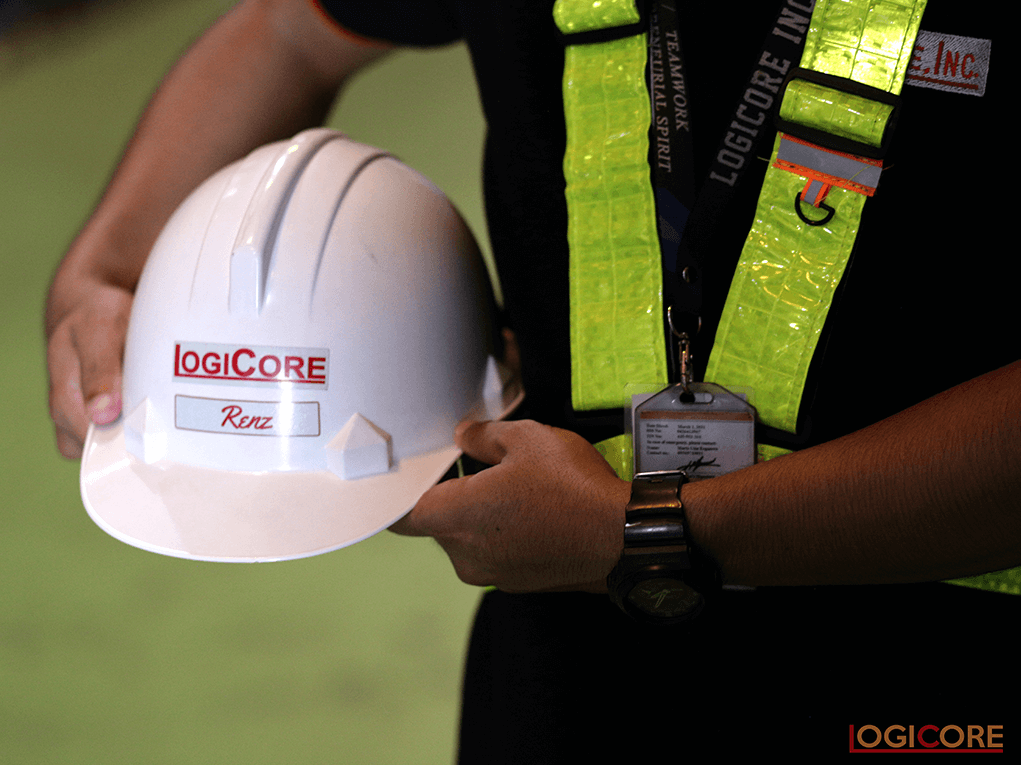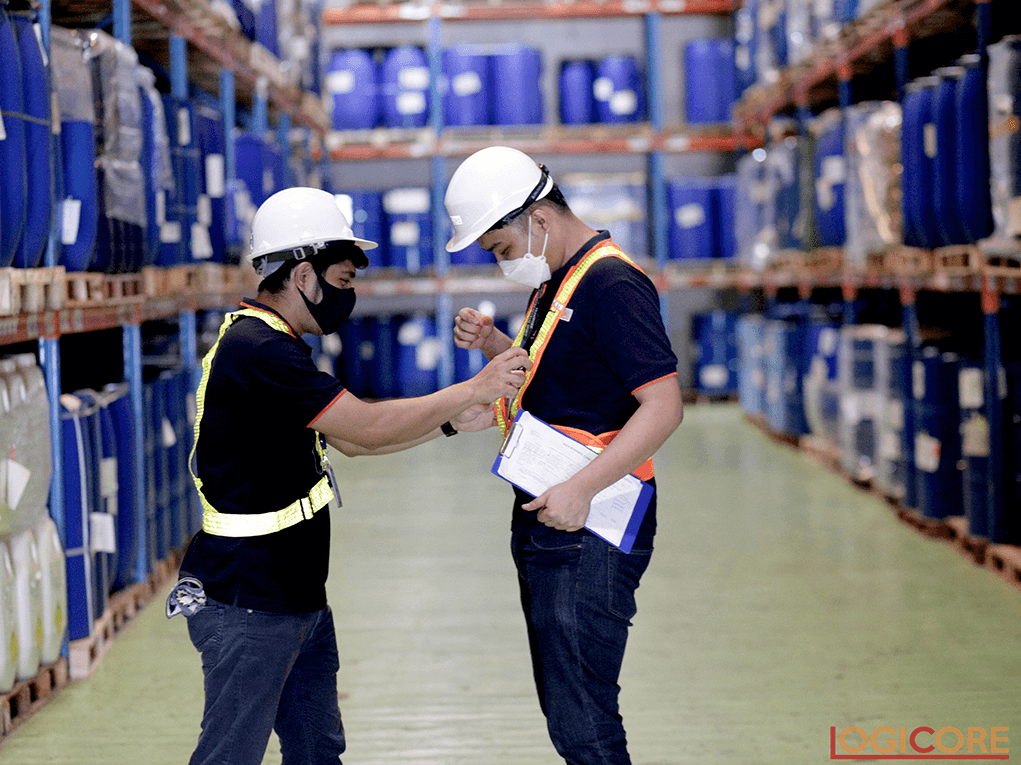Order fulfillment is the process of receiving, processing, and delivering an order to a customer. But that’s just the tip of the iceberg. Continue reading this blog to know more.
What is Order Fulfillment—Here it is, simply put:
Order fulfillment is, simply put, the process of receiving, preparing, and delivering orders. The course begins as soon as a customer places his or her order and undergoes a series of activities involved in ensuring that a finished order is transported to its rightful destination.
Importance Of Effective Order Fulfillment
An effective order fulfillment strategy provides visibility and control as orders move through the fulfillment process. What’s more, is that an effective order fulfillment strategy is key in tying together related areas of fulfillment such as inventory, order, and supply chain management.
Though, at this point, you may be wondering: why is order fulfillment important, especially for e-commerce businesses? Well, without it, there’s simply no way for your product to make it into your customer’s hands. But beyond this, order fulfillment is a vital part of the bigger supply chain. In fact, it’s such a critical logistics process, that a simple mishap can cause huge implications.
Here are three (3) key reasons highlighting the importance of an effective order fulfillment strategy.
1. An Effective Order Fulfillment Strategy Can Help You Stand Out

An effective order fulfillment strategy ensures that orders are processed and delivered on time. That alone is enough to help meet and exceed customer expectations. Furthermore, a positive interaction elicits customer loyalty, as well as repeat purchases and positive word-of-mouth referrals. Ultimately, that’s how an effective order fulfillment strategy–especially a customer-centric one, can differentiate your brand in a competitive market.
2. Improves Overall Operational Efficiency

Secondly, streamlined order fulfillment can reduce lead times and fulfillment costs, leading to significantly improved operational efficiency. With a cleanly executed workflow (where manual errors are minimized), meeting growing customer demand while maintaining high standards of service will be a problem-free operation for you. Overall, operational efficiency in order fulfillment contributes to a leaner and more agile organization capable of adapting to market dynamics and customer needs.
3. Efficient Order Fulfillment helps in Minimizing Costs

Cost management is a critical aspect of business sustainability, and efficient order fulfillment plays a key role in minimizing operational expenses. By optimizing inventory levels, reducing order processing times, and optimizing shipping methods, businesses can lower fulfillment costs significantly. Moreover, effective management of returns and inventory control helps mitigate losses from overstocking or underutilized warehouse space. These cost-saving measures not only improve profitability but also enable businesses to reinvest resources into areas such as product innovation or customer acquisition strategies. Ultimately, a focus on cost-effective order fulfillment ensures that businesses remain competitive in pricing while maintaining profitability margins in a challenging market environment.
The Order Fulfillment Process
The order fulfillment process takes place in one or more distribution centers and typically involves inventory management, supply chain management, order processing, quality control, and support for customers who need to report problems or make product exchanges or returns.

1. Receiving and Storing Inventory
The process begins with the arrival of inventory at the distribution center or warehouse. Upon receipt, each shipment undergoes careful inspection to verify its contents and assess for any damage or discrepancies. Once validated, the inventory is logged into the system and allocated to designated storage locations based on factors such as item type, size, and demand forecasts. This initial step is crucial as it sets the foundation for the seamless flow of products through the fulfillment process, ultimately contributing to timely and accurate order fulfillment for customers.
2. Processing the Order
During this step of order fulfillment, businesses begin to fulfill customer requests as soon as an order is received. This phase involves several key activities such as entering the details in a system and capturing essential information such as customer shipping address, selected items, and any special instructions. Then, the order undergoes verification to ensure accuracy and completeness, checking inventory availability and confirming pricing and promotions. Once verified, the order moves forward to the picking stage where items are retrieved from their designated storage locations within the warehouse.


3. Picking and Packing
In the picking and packing step of order fulfillment, the focus shifts to physically preparing items for shipment to customers. First, the picking process begins when workers or automated systems retrieve individual items from their storage locations based on the order details previously entered into the system.
Once all items for an order are gathered, they move on to the packing phase where they are carefully placed into packaging materials suitable for protection during transit. Packaging considerations include not only ensuring the safety of the items but also aligning with brand standards and customer expectations.
Labels and any necessary documentation are then affixed to the package, ensuring clear identification and tracking capabilities throughout the shipping process. The picking and packing step is crucial for maintaining efficiency and accuracy in order fulfillment operations, ultimately ensuring that customers receive their orders intact and on time.
4. Shipping the Order
Following the picking and packing phase in order fulfillment, the shipping process takes center stage to ensure the timely delivery of customer orders. Once packages are securely packed and labeled, they are transferred to the chosen shipping carrier for transportation to the customer’s designated address.
This step involves coordinating with logistics partners to select the most appropriate shipping method based on factors such as delivery speed, cost efficiency, and the customer’s location. Each package receives a tracking number, allowing both the e-commerce business and the customer to monitor its journey in real time.
The shipping step plays a crucial role in customer satisfaction, as it directly impacts the perceived reliability and efficiency of the overall shopping experience. By maintaining clear communication and adhering to promised delivery times, businesses can enhance customer trust and loyalty, thereby solidifying their reputation in the competitive e-commerce landscape.


5. Processing Returns
Lastly, processing returns is a crucial aspect of the order fulfillment process, ensuring that customer satisfaction remains high even when things don’t go as planned. Once an order reaches the customer, the relationship between the e-commerce business and the customer doesn’t end. Sometimes, products need to be returned due to various reasons like defects, wrong sizing, or simply a change of mind.
Efficiently managing returns contributes to overall operational efficiency. Businesses can mitigate costs associated with returns and uphold their reputation for customer service. Thus, returns management forms an integral part of the comprehensive order fulfillment strategy, ensuring a seamless end-to-end experience for both the customer and the business.

Leave Order Fulfillment to the Pros!
There’s not an order fulfillment strategy that works for every business out there. So you should be mindful in looking for the right partner with the right strategy to meet your needs and your customers’ expectations.
Let’s discuss the solution that’s right for you.
Contact Us Today




